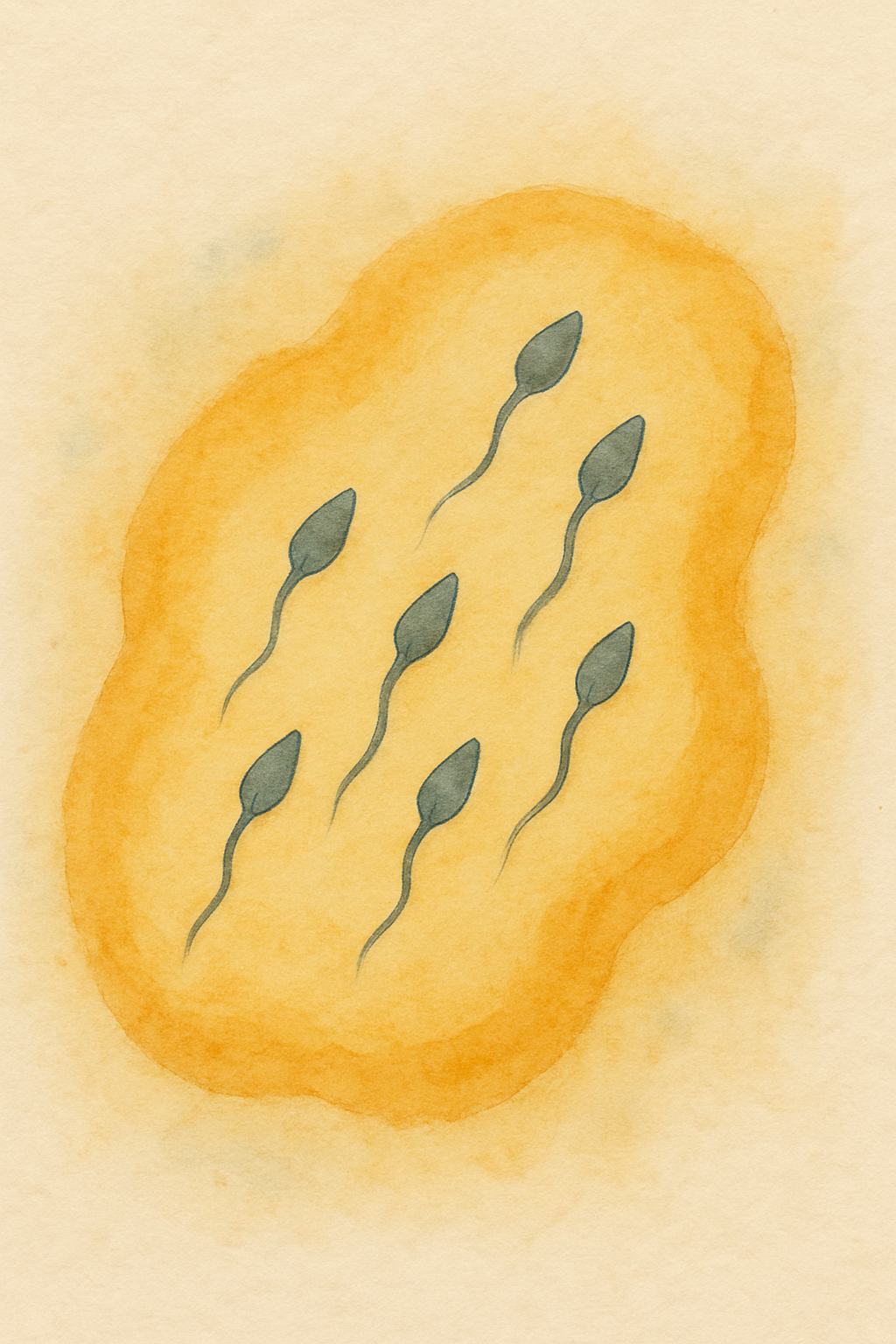Welcome to kegg! If you're new here, you might be wondering what all the numbers, graphs, and scores in your kegg app mean. This beginner-friendly guide will walk you through each piece of information you see in your kegg chart and explain how it can help you better understand your fertility. For more information about getting started with kegg, please visit our start-up guide.
The Power of Cervical Mucus Tracking
kegg works by detecting changes in cervical mucus, the key indicator of fertility. Unlike other methods like ovulation predictor kits (OPKs) or basal body temperature (BBT), which do not track the full fertile window or most fertile days, kegg uses your body’s natural and earliest fertility signal to help you spot your fertile window before ovulation occurs: cervical mucus enabling you to maximize your chances of pregnancy with optimal intimacy or insemination timing.
Consistency is Key
kegg’s algorithm becomes more personalized with consistent, daily use on all non-bleeding cycle days. For the most personalized kegg experience:
- Use kegg consistently throughout your cycle.
- Take your daily reading in the same 2-hour window when possible.
However, life happens! If you forget or can’t take your reading during your usual window, it’s better to take a reading later than to skip it altogether. Every data point helps build a more personalized picture of your unique cycle.

The kegg app displays numerous sources of data to allow you to confidently understand your cycle and your most fertile days. Let’s dive into each data point.
The Fertile Window
The green outlined fertile window shows you the days when you’re most likely to be fertile, based on your unique cycle patterns. kegg's algorithm learns your body's trends and helps predict your most fertile days. Your fertile window prediction is based on the information you entered during onboarding for your first cycle while kegg is hard at work learning about your unique trends. After this first cycle, your prediction will be based on all of your past cycle data. To help kegg learn more about you, enter past periods in the calendar.
Peak Fertility Window
Shaded in green, your peak fertility window highlights your most probable highest fertility days, also known as the days that intercourse or (fresh) insemination is most likely to result in pregnancy. You’ll see your peak fertility window in advance so you can plan accordingly.
Fertility and Cervical Mucus Scores (and Bars)
After you take a reading, you will see your Fertility and Cervical Mucus Score displayed on your kegg app. These scores estimate your fertility level each day. The higher the score, the more fertile kegg predicts you may be. This score is derived from numerous data sources, including your past impedance trends, cycle lengths, and information entered during the onboarding process. These scores become more personalized with consistent use, and the scores reflect kegg’s confidence that a given day is fertile. Since several factors impact scores, you may note that your scores do not get as high as others if your cycles tend to be irregular, your kegg use is inconsistent, or if you are new to kegg.
Your Fertility and Cervical Mucus Scores are plotted on the cycle view as bars. When you are in your fertile window, your bars will appear green. When outside of your predicted fertile window, the bars will appear gray. The y-axis corresponds to these scores.
Think of these scores as kegg's best estimate of when your most fertile days may occur, based on your past data.
Ovulation Probability
The kegg app can predict your most likely ovulation days. If your ovulation probability is toggled on in the cycle view, you will be able to see your most likely ovulation days at the start of a new cycle. These estimate the likelihood ovulation will occur on each given day based on your past cycle data.
While it is interesting to note your most probable ovulation day, keep in mind that ovulation day has a lower chance of resulting in pregnancy than the days leading up to ovulation.
The Impedance Trend
This is the line on your cycle chart which reflects the real-time changes in your cervical mucus. Cervical mucus undergoes numerous changes throughout the cycle, and the impedance trend is very unique to the cycle and kegg user. The impedance trend forms a valley, known as the “fertile valley” during the fertile window. As the cervical mucus increases in water content and grows increasingly more fertile, the impedance trend begins to move downwards on the cycle view. As the fertile window draws to a close, the kegg readings rise back up again. The full valley, from the beginning of the descent through the rise should be considered fertile.
Watch your impedance trend day by day. Your fertile valley will most likely occur during your predicted peak fertility window. As soon as your impedance trend begins moving downwards, assume you are fertile. If possible, time your baby making efforts throughout the full fertile window. If you are limited on attempts, target a day on the descent into the valley, or a day low in the valley. If you are using frozen sperm, aim for the last day before the rise out of the valley or the day of the rise. Ovulation most commonly occurs on the last low day in the valley.
The cervical mucus becomes fertile well in advance of ovulation, which is the reason that there is a higher chance of getting pregnant in the days leading up to ovulation, as opposed to on ovulation day itself. This is why we emphasize the importance of timing your efforts throughout the full valley, and not just during the lowest days.
It is important to note that the scores on the y-axis correspond to the Fertility and Cervical Mucus Score (and not the impedance trend). No numeric values are visible with the impedance trend, and this is because the values themselves are not of insight. Instead, the overall trend of the readings clues you in about the changes in your cervical mucus.
Putting the Pieces Together
It is best to look at kegg’s data points as a set. The fertile window and peak fertility window help you identify when you are most likely going to be fertile. As the score rises, there is a higher likelihood those days are highly fertile. The impedance trend helps you see the cervical mucus changes in real-time to allow you to optimally time your trying to conceive efforts accordingly (during your full fertile window). The ovulation probability gives you the insight of when ovulation is most likely to occur, to help you identify when your two week wait starts.
Your Chart, Your Journey
No two cycles are the same, and your chart will become more insightful over time. Whether you’re just starting or have been tracking for a while, remember: your kegg chart is a personalized window into your fertility.
If you ever have questions, we’re here to help. If you haven’t already become a part of the kegg community, we would love to have you! It is a wonderful way to connect with others on a similar path!



